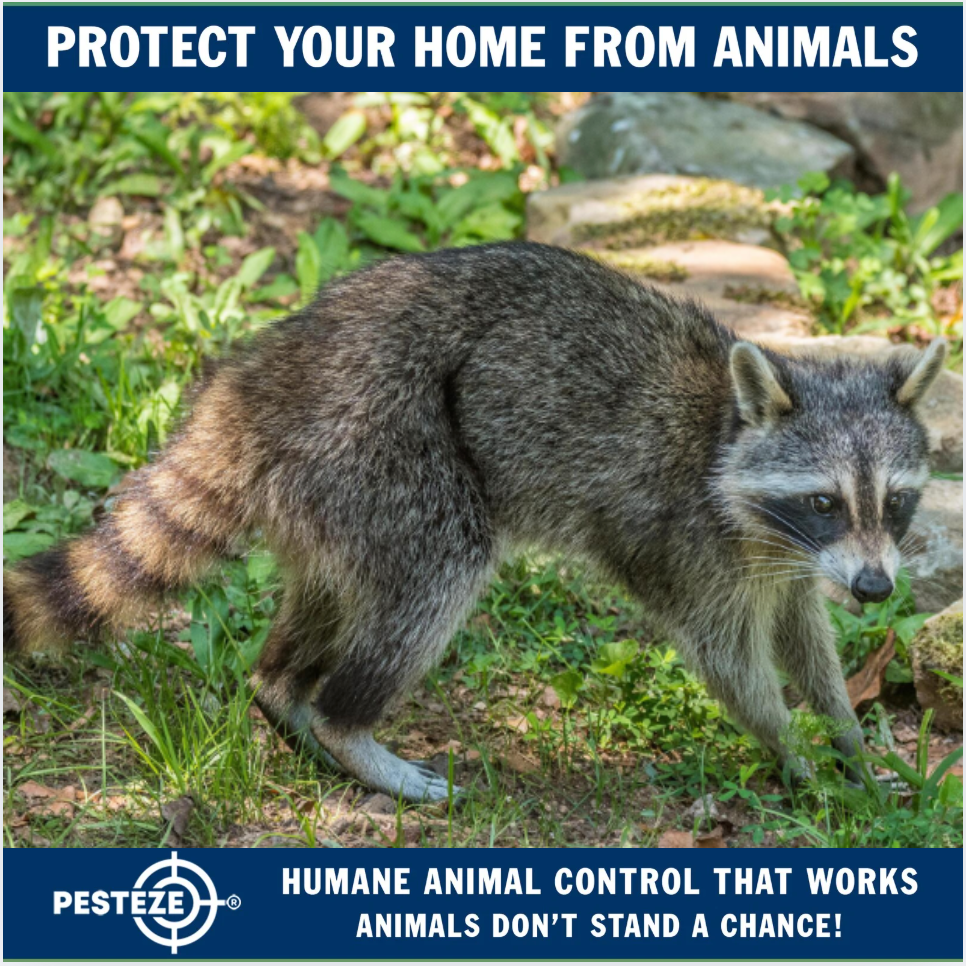COEXISTING WITH WILDLIFE: SAFE CONTROL PRACTICES

COEXISTING WITH WILDLIFE: SAFE CONTROL PRACTICES
SUMMARY
Living near wildlife doesn’t have to mean constant conflict. This guide offers respectful, safe animal control practices that allow you to protect your home while supporting local ecosystems.
FEATURES
-
Tips for reducing animal-human conflict
-
Safe and humane control methods
-
Landscaping and home design for coexistence
-
How to protect pets and property
-
Guidance on when intervention is necessary
DESCRIPTION
Wild animals are a natural part of many environments, and with the right strategies, homeowners can coexist with them peacefully. By using humane deterrents and improving property defenses, you can maintain a safe home without harming local species.
SAFE PRACTICES FOR COEXISTENCE
Remove Attractants: Eliminate food, water, and shelter sources near your home.
Use Non-Lethal Deterrents: Try lights, noise-makers, and scent-based repellents.
Build Smart: Install barriers like fencing and chimney caps that don’t trap or harm animals.
Educate the Family: Teach kids and guests not to approach or feed wildlife.
KNOW WHEN TO ACT
Nesting Close to Home: If wildlife settles too close, consult a humane wildlife expert.
Aggression or Disease: If an animal is acting unusually or seems sick, avoid contact and call professionals.
Structural Risk: Animals damaging wiring, insulation, or roofs require prompt action—with care.
- Medha samanu


Comments 0